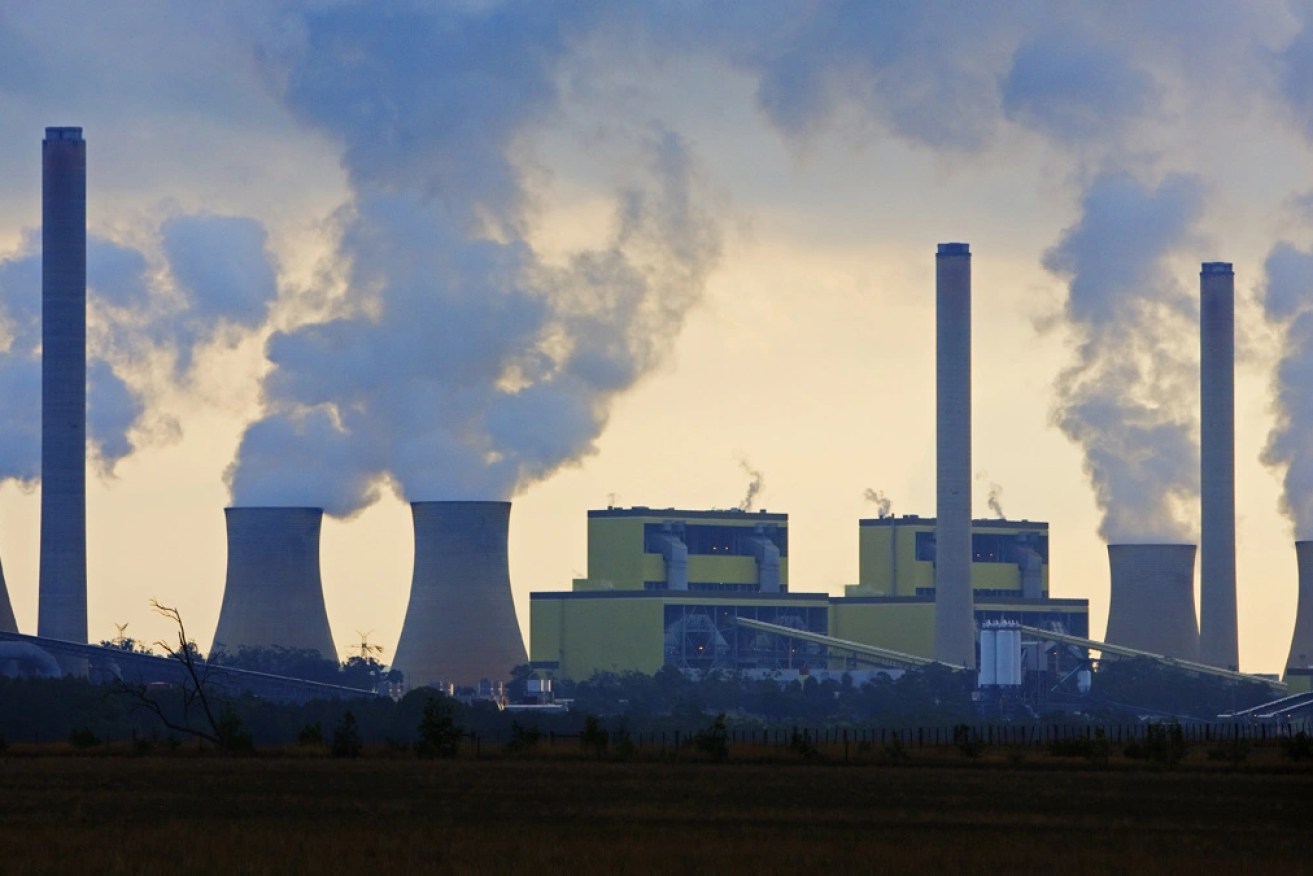AGL Energy to accelerate exit from coal

Australia's biggest carbon emitter AGL will shut all coal-fired power plants by 2035 in response to customer, shareholder and government pressure. Photo: Getty
Australia’s largest electricity generator AGL Energy will go “net zero” after abandoning plans to split into two companies.
Australia’s biggest carbon emitter on Thursday announced a shutdown of all coal-fired generation by the end of fiscal year 2035, with annual greenhouse gas emissions to reduce from 40 million tonnes to net zero.
AGL chair Patricia McKenzie said the company will have “net zero” emissions from operations following the closure of the Liddell and Bayswater power plants in NSW and the Loy Yang power station that provides almost a third of Victoria’s power.
“This represents one of the most significant decarbonisation initiatives in Australia,” she said.
Shares in AGL rose 19 cents or 2.9 per cent to $6.79 in early trade.
Billionaire shareholder Mike Cannon-Brookes scuppered the energy giant’s planned demerger, which would have created an energy retailer and hived off ageing coal-fired operations that would have operated for longer.
Seeking more urgent change, his Grok Ventures investment firm has put forward four independents for election to the board – former energy regulator Kerry Schott, sustainability expert Christine Holman, Tesla’s Mark Twidell and experienced board chair John Pollears.
The financial implications of bringing forward the closure of Loy Yang by a decade include an impairment charge of $700 million.
Incoming interim CEO Damien Nicks said the “ambitious” strategy represents a major step forward in decarbonising Australia’s economy and offers value to shareholders.
But advocacy group Environment Victoria says 2035 is “an improvement but it is still not credible” and falls short of a plan aligned to the Paris climate targets that AGL shareholders demanded last year.
David Ritter, CEO at Greenpeace Australia Pacific, said AGL has been a “corporate muppet-show ignoring obvious trends in the sector”.
The clean energy transition in Australia requires closing Loy Yang in 2030, shutting the Bayswater coal-burning power station by the same date and helping households switch off toxic gas, he said.
AGL plans to invest up to $20 billion by 2036 in new renewable and energy storage funded by assets on the balance sheet, offtake agreements and partnerships.
This includes a target to have up to five gigawatts of new renewables in place this decade, up from a planned 3.2GW pipeline of projects.
AGL released updated guidance for the current financial year, saying earnings would remain “resilient” with the generator well-positioned to benefit from higher electricity prices.
An underlying profit after tax of $200 million to $320m is expected for FY23, with underlying earnings before interest, taxes, depreciation and amortisation of $1.250 billion to $1.450b.
The generator said the current economic environment “remains challenging” for AGL’s gas-fired Torrens Island power station, which is more than 50 years old and is South Australia’s largest plant.
An update on Torrens is due by the end of the year after talks with the government, the company said.
AGL also published its first climate transition plan, with shareholders to vote on it and new directors at the 2022 annual general meeting on November 15.
– AAP








